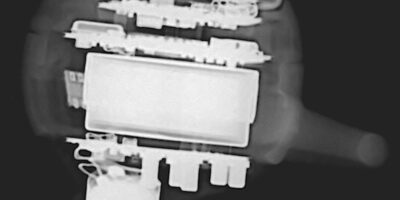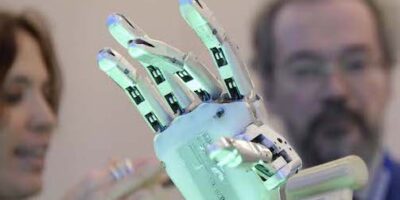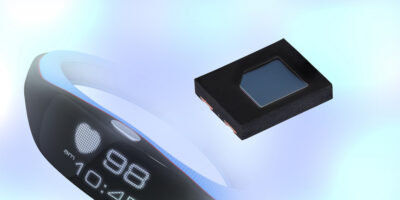Some interesting development work is being done to make sure that sensors and antennae are fit for purpose in wearable devices, writes Caroline Hayes
Blog
Editors Blog – Graphene pavilion at MWC 2019 celebrates sensor success
Visitors to MWC (formerly Mobile World Congress) in Barcelona next month, should stop by the Graphene Pavilion, urges Caroline Hayes
Wearable Technology Takes Advantage of Low Power Conversion in Health and Wellbeing
Once as simple as a walking or running step counter – or pedometer – wearable devices have become more advanced – or smart – seemingly overnight. From vibration-from-speech generating vests for the deaf to Google Glass to advanced fitness activity trackers to night vision equipment and even heads-up imaging displays, wearable devices have become a part of the mainstream consumer, military, and industrial markets. A “wearable” can be defined as a product that is worn by the user for an extended period of time and in some way, enhances the user’s experience as a result of the product being worn. A “smart” wearable adds connectivity and independent data processing capability to the device. Wearables are divided into four application sub-categories: fitness/wellness (activity monitors, fitness bands, foot pods and heart rate monitors), infotainment (smart glasses/goggles, smart watches and imaging devices), military (night vision equipment, heads-up displays, exo-skeletons and smart clothing), and industrial (body-worn terminals) [Source: IHS Electronics and Media, 2013]. These categories have different market forces driving their adoption rates. For military, it’s the desire to improve situational awareness, maps/routes, combat efficiency and save lives. For industrial, the main drivers are improving production line efficiency and tracking capability. For infotainment, it’s the continually exploding gaming market with cutting edge imaging and virtual reality, as well as the increasing number of devices able to connect wirelessly to smart phones to become part of the “internet of things” (IoT). Finally, for the wellness and medical segments, the key driving forces include: rising life expectancy, curtailing escalating medical and insurance costs, the desire to prolong a healthy life and to reduce hospital stays.
Editors Blog – Wristbands take the lead in monitoring epilepsy
Advances in healthcare and wearable technology have led to wristbands that can monitor and detect brain activity to forewarn of a seizure. By Caroline Hayes
About Weartech
This news story is brought to you by weartechdesign.com, the specialist site dedicated to delivering information about what’s new in the wearable electronics industry, with daily news updates, new products and industry news. To stay up-to-date, register to receive our weekly newsletters and keep yourself informed on the latest technology news and new products from around the globe. Simply click this link to register here: weartechdesign.com







